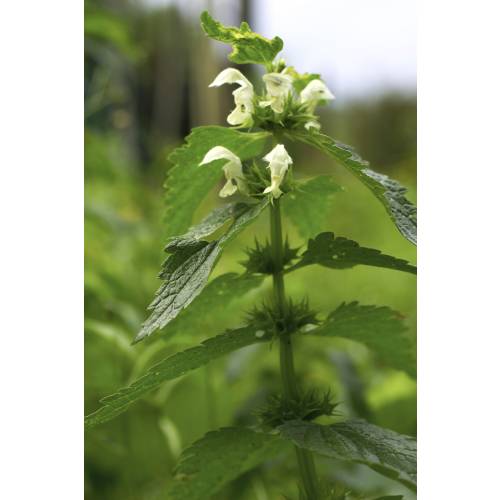
Fight against weeds
Perennial weeds
- Details
-
These weeds last longer than just one season! By understanding them better you will find them easier to control.
Nettles, graminae and the like
You will have encountered these hardy weeds: they often grow in colonies that tend to get bigger as the years go by, examples are nettles and bindweed. They can even grow into shrubs or creepers if they are left unchecked. Their methods of propagation vary: however to ensure that your weeding works, it is useful to know a little about their biology. This should avoid you having to weed all over again !
Those that grow in clumps
Like nettles which grow in colonies of varyign size. Mulching and thermal weeding are ineffective: better to dig them out using a tool like a small fork or garden claw.
The spreading types
These form long tendrils that spread over the ground, setting down roots where possible. Ivy and grasses from the agrostis genre are perhaps the most common. Couch grass also belongs to this group but the fact that its stems grow under the ground make it even worse! When they start to invade your beds of cultivated plants, there is only one solution: remove them by hand. Otherwise, limit their spread by using a hoe or thermal weeding. Mulching is ineffective, as they will just grow over it. Any part of the weed not removed will give birth to a new plant.
Large leaved round weeds
They form a large saucer shape with their leaves close to the ground and crowd out all other plants: examples are the dandelion or catsear. They reseed themselves easily. To get rid off them try thermal weeding (apply heat to the centre of the weed) or dig them out using a weeding knife (making sure to remove the main root), these are the most efficient methods.
The "icebergs"
Hide underground only to reappear as a new plant each season. The bryonia has a large tuber and the bindweed fleshy roots full of reserves .It is only by removing these parts of the plant that you will be rid of them. You can keep removing the new growths of the weed but this will only weaken it and the result is uncertain and long.
The creepers
They start with thin delicate stems and end up covering huge areas, examples are clematis vitalba, brambles or bitter nightshade. As they cover the nearby plants, they steal the light and suffocate them. The only solution is pull them out at their base using a tool and untangle them from the neighbouring plants!
Shrubs and trees
Small seedlings can sometimes become much bigger even enormous! The elder can have a trunk that is 30cm in diameter and reach heights of 5m. There is no point waiting until then before you get rid of it. Whilst it is still small, pull it out by hand, use a spade or pick axe if needed. If it is any bigger, you may need to resort to chemicals to kill it (though it will still need to be removed physically). - Photos (1)

